How to prepare fruit trees for winter — 7 expert tips
Prep your fruit trees for the big freeze
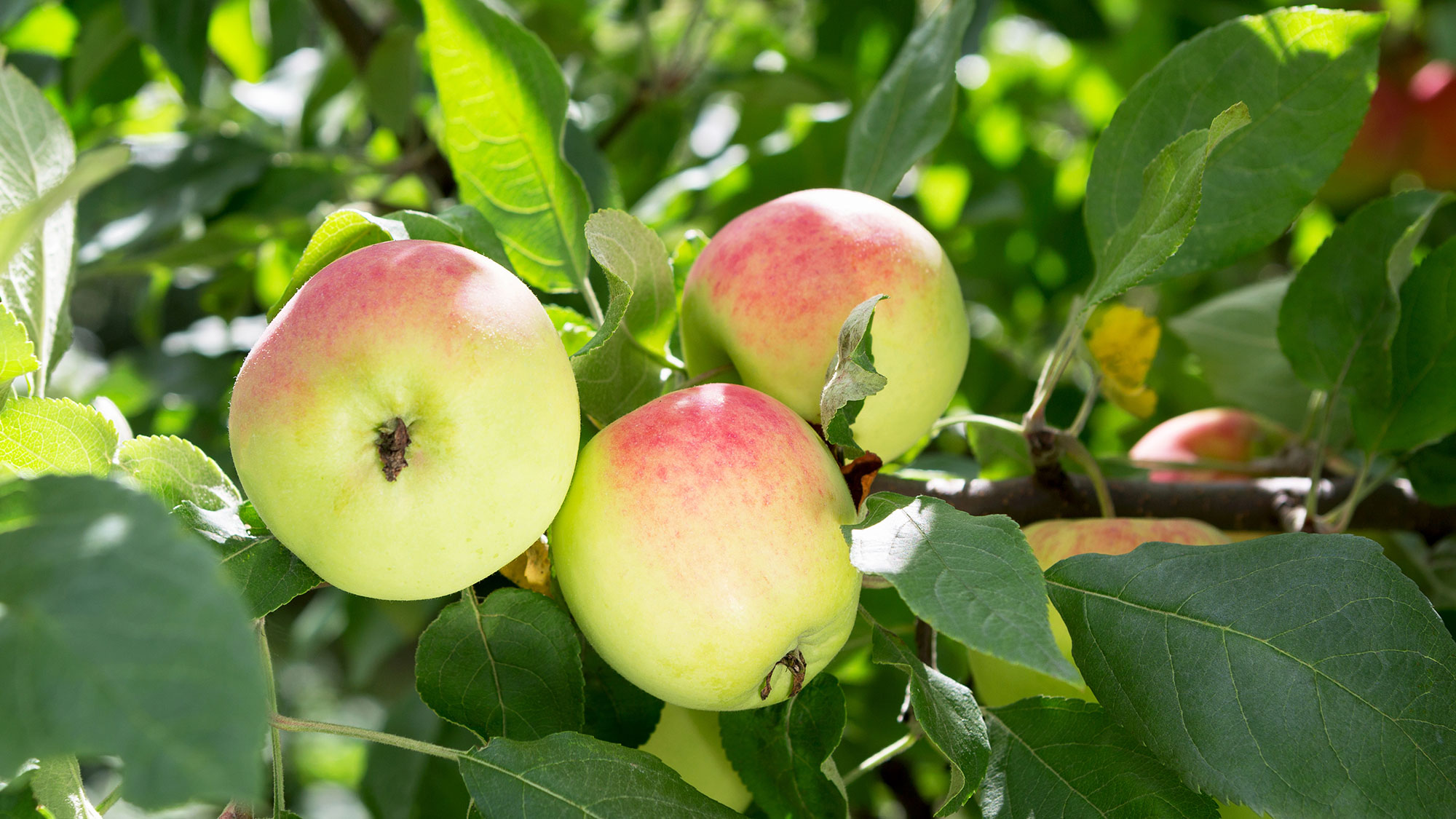
As winter approaches, your garden to-do list might seem overwhelming. While you're discovering eco-friendly ways to repurpose fallen leaves and learning which plants need protecting from frost, don't forget about your fruit trees. Just as you need to winterize lavender to protect it from the big chill, your fruit trees require special attention to survive and thrive through the cold months.
These garden gems need proper winter care to ensure a healthy harvest next season. We asked a plant expert at British Garden Centres, and they confirm that a little preparation now can mean the difference between a bountiful crop next year or a disappointing yield. From protecting tender branches to maintaining healthy roots, each step you take now is an investment in your future harvest.
Whether you're tending to established apple trees or nurturing young saplings, these essential winterizing steps will help protect your fruit trees from winter's harshest elements, ensuring they emerge strong and healthy when spring arrives. Let's get started!
1. Time it right
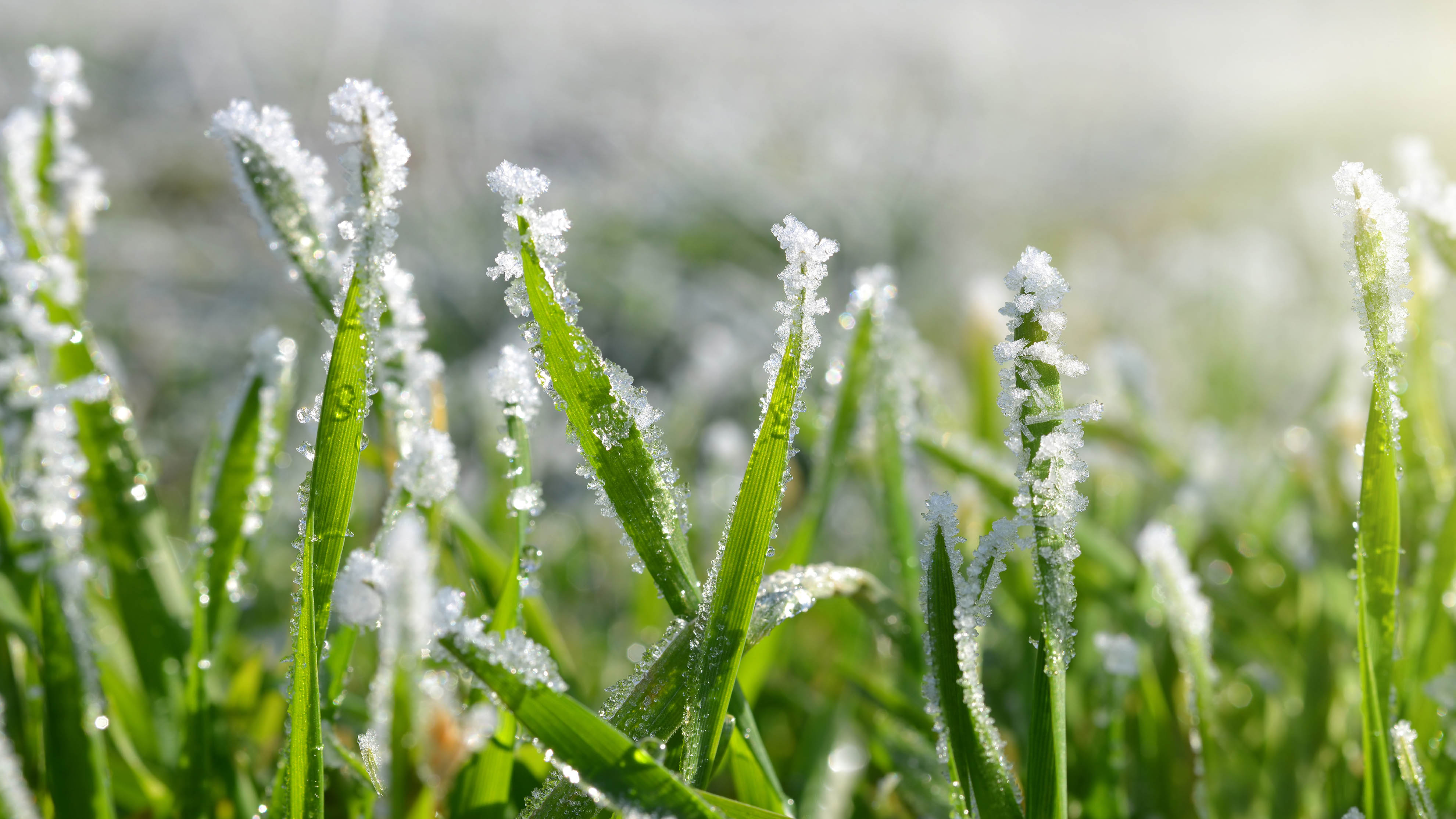
Don't wait until the first frost catches you off guard. According to Julian Palphramand, Head of Plants at British Garden Centres, winter preparation should begin several weeks before the first frost.
Think of it like getting your winter coat ready — you want it on hand before the cold snap hits, not during it.
2. Prune strategically
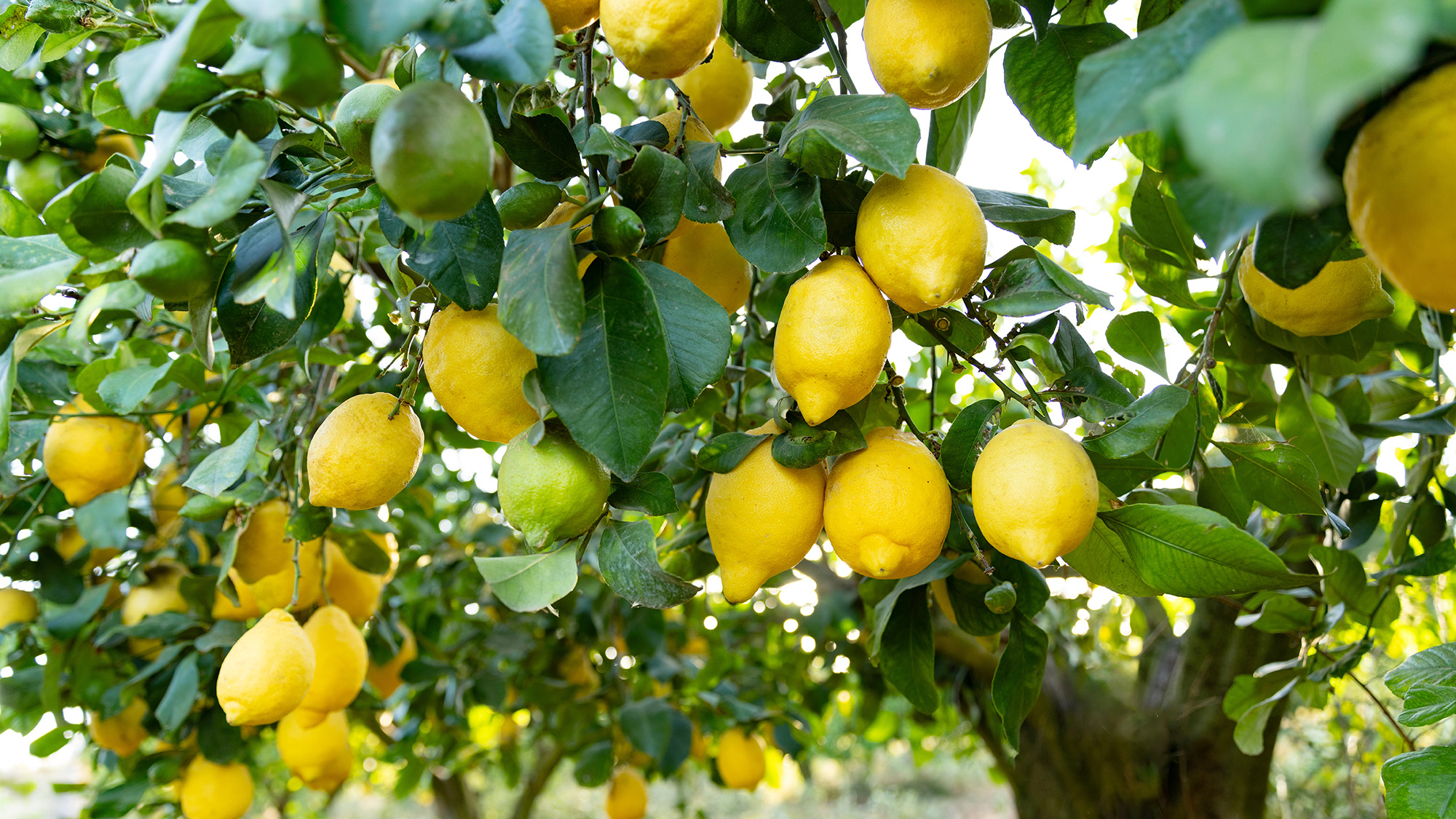
Once the leaves start falling, it's pruning time. Prune trees after leaf fall to improve airflow and remove dead or diseased branches. Start by cutting out any branches that cross over each other or grow toward the center of the tree.
This isn't just about tidying up — good airflow helps prevent disease, while removing problematic branches now prevents winter storms from doing the job for you, potentially damaging healthy parts of the tree.
Using clean, sharp pruning shears, make angled cuts and always step back occasionally to check your work ensures you maintain the tree's natural shape.
3. Apply protective mulch
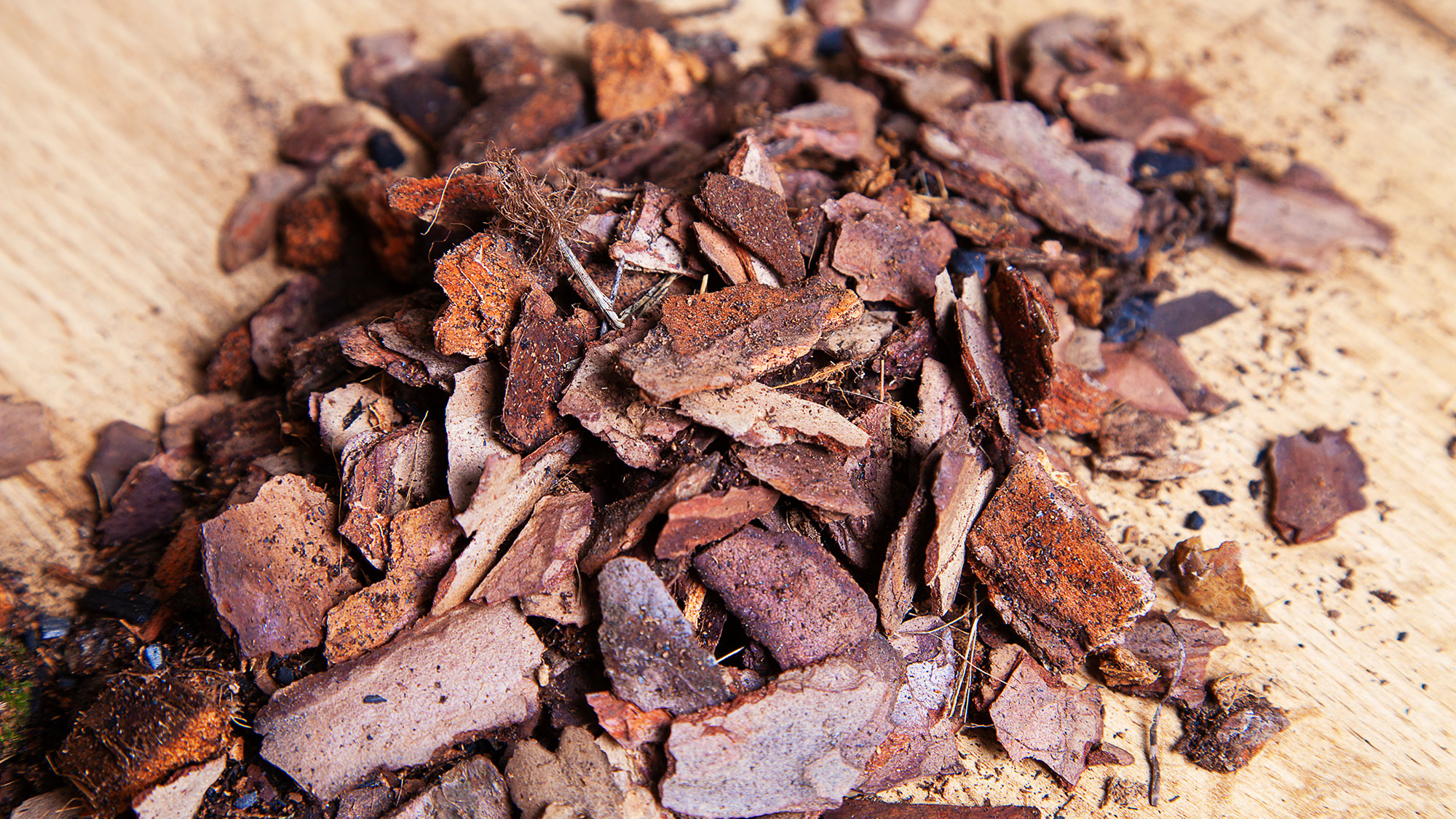
Fallen leaves can be part of your mulching strategy, putting autumn's natural debris to good use. Julian suggests organic mulches like wood chips, leaves, straw, or bark are recommended for fruit trees, each offering their own benefits.
Wood chips last longer, leaves are free and readily available, while straw and bark provide excellent insulation. Spread your chosen mulch 2-4 inches thick around the base of your tree, creating a protective circle that extends to the drip line.
Just remember the golden rule: keep the mulch from touching the trunk to prevent rot and fungal problems.
4. Guard against the elements

Young trees are particularly vulnerable to winter's harsh conditions and a great way to protect them is with guards or fencing. Extra layers can make all the difference between survival and damage.
You could even cover vulnerable trees with horticultural fleece, or sheep's wool for a plastic free option, during particularly cold spells.
5. Water deeply
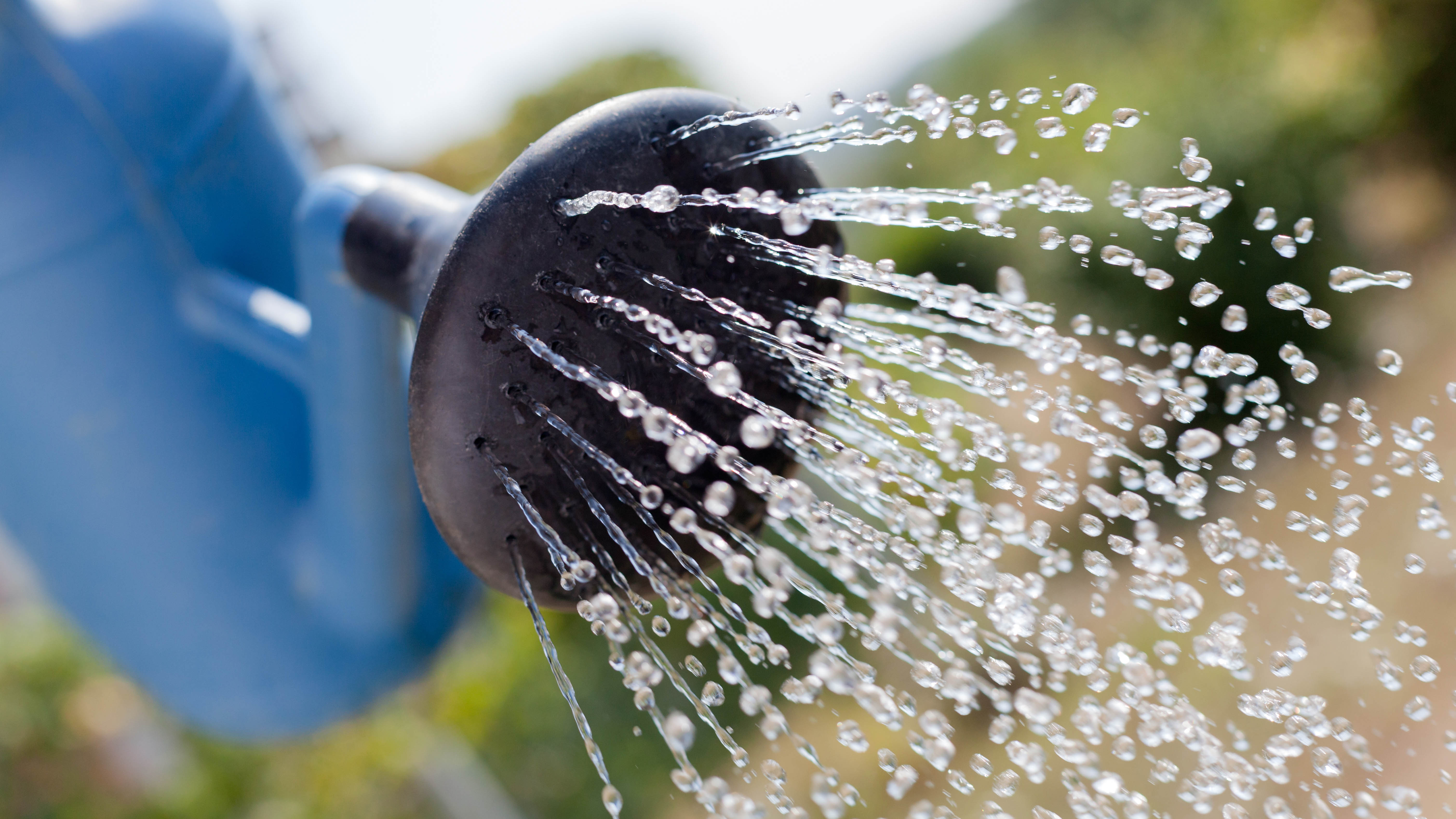
Just because it's cold doesn't mean your trees aren't thirsty. Give them a good, deep watering in autumn and winter. Your fruit trees will thank you during dry winter spells. Proper hydration helps ensure your fruit trees thrive through the colder months.
As Julian notes, proper hydration helps ensure your fruit trees thrive through the colder months. This is especially important during freezing temperatures, as well-watered roots are actually more resistant to frost damage than dry ones.
6. Check for pests
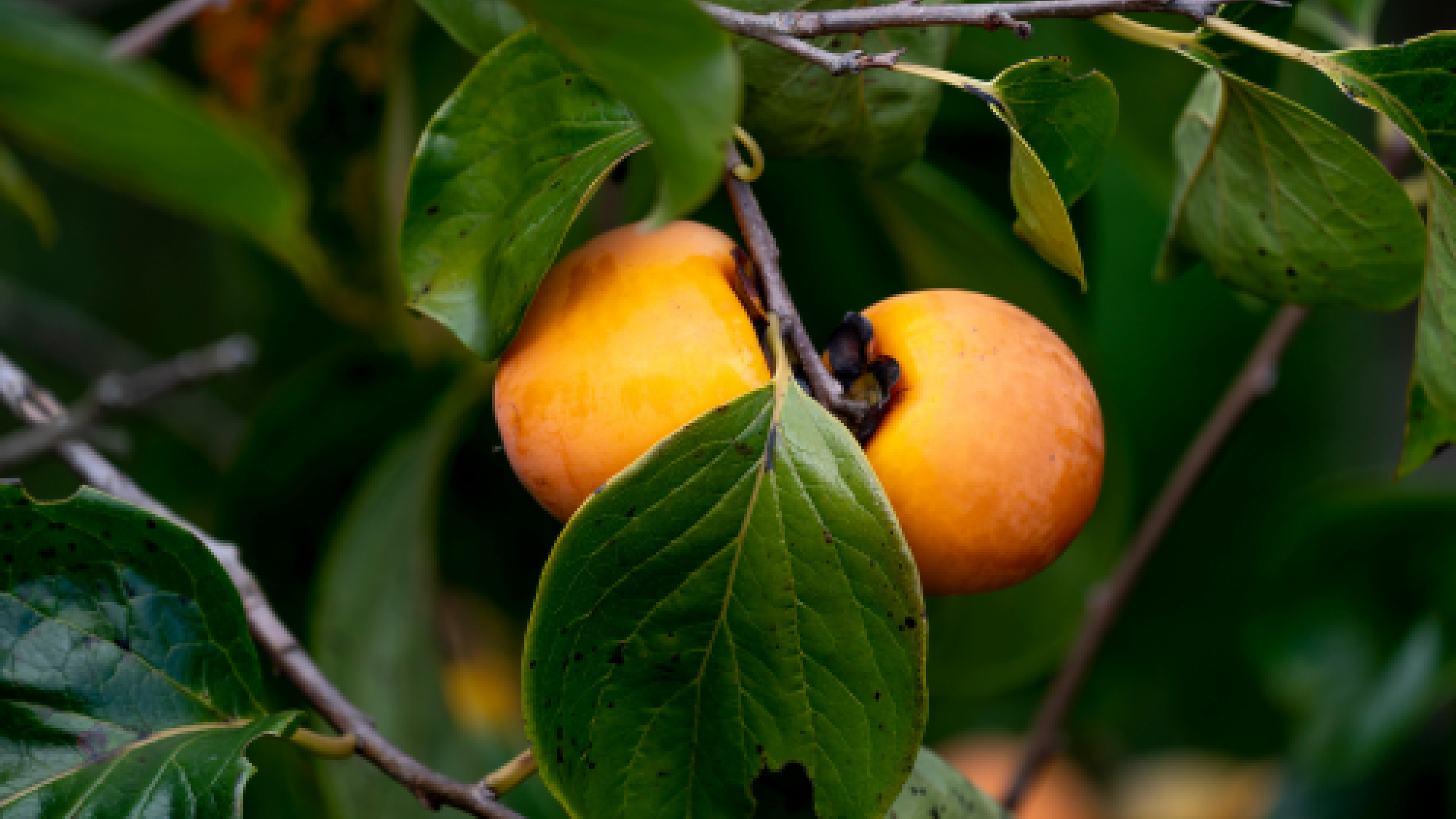
Keep an eye on your trees throughout the season, especially after extreme weather. Signs like cracking bark, drooping branches or discolored leaves might indicate stress, while previous damage from storms or pests could leave your trees more vulnerable.
Watch out for frost damage, which appears as blackened or brown leaves and buds, or signs of winter burn on the bark. This monitoring is particularly important for your most vulnerable trees.
This includes young saplings that haven't developed strong root systems yet. It's also crucial for less hardy varieties that struggle in cold conditions. Pay special attention to trees planted in exposed locations, where they face the full force of winter winds.
7. Invest in next year's harvest
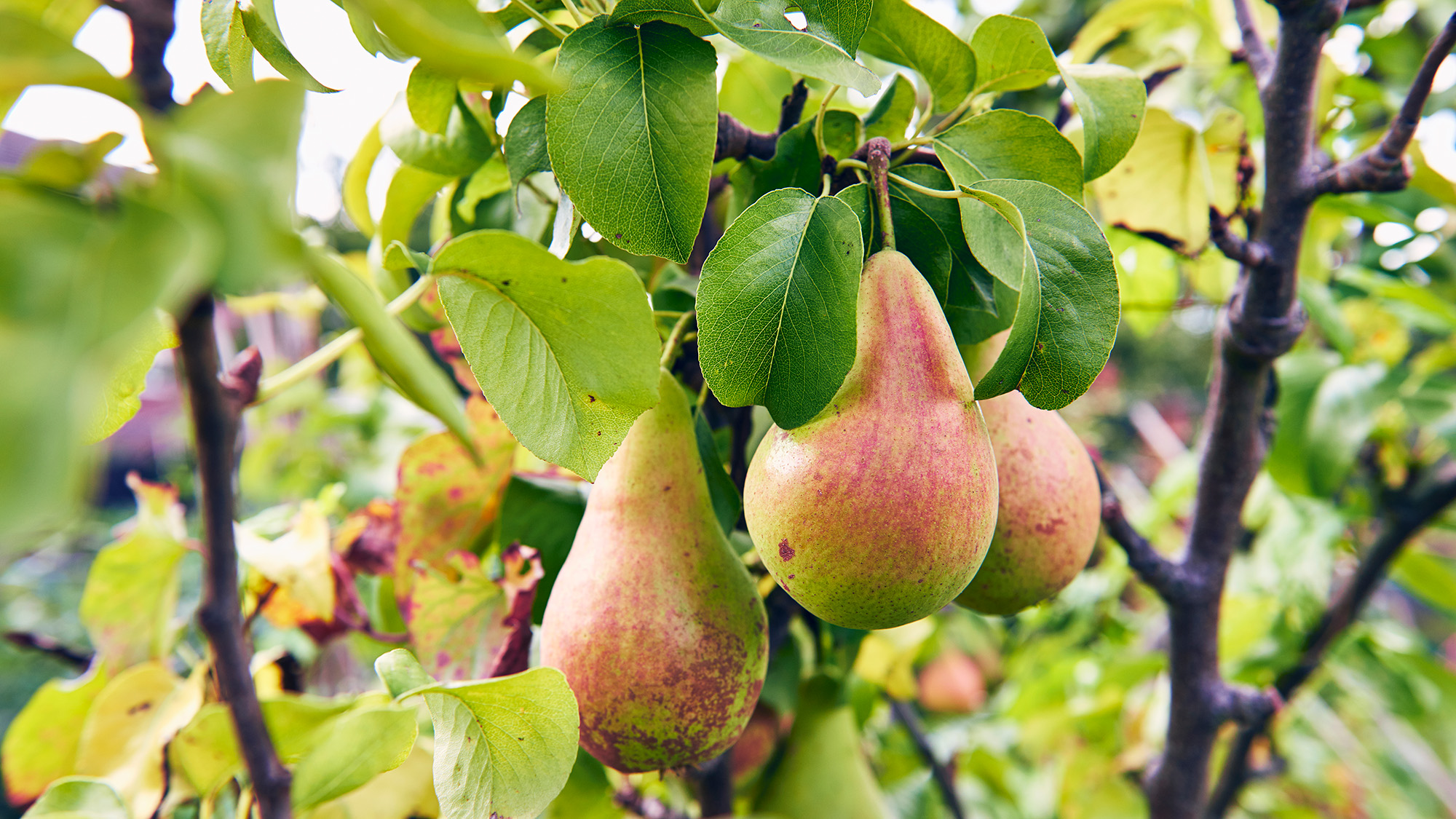
Remember, while winter preparation might seem like a lot of work, it's an investment in next year's harvest. These few hours of autumn care can mean the difference between a bumper crop of juicy fruit or bare branches come harvest time.
Think of it as tucking your trees in for their winter rest — the better they sleep, the stronger they'll grow. Your future self will thank you when spring arrives and your fruit trees burst into healthy, vibrant life.
While you're preparing your fruit trees for winter, don't forget about the rest of your garden. Discover 5 household items that can protect your plants from frost, and how to protect your plants from frost. And for a complete winter-ready garden, check out 5 lawncare tips to beat the frost.
Sign up to get the BEST of Tom's Guide direct to your inbox.
Get instant access to breaking news, the hottest reviews, great deals and helpful tips.

Kaycee is an Editor at Tom’s Guide and has been writing for as long as she can remember. Her journey into the tech world began as Cazoo's Knowledge Content Specialist, igniting her enthusiasm for technology. When she’s not exploring the latest gadgets and innovations, Kaycee can be found immersed in her favorite video games, or penning her second poetry collection.
